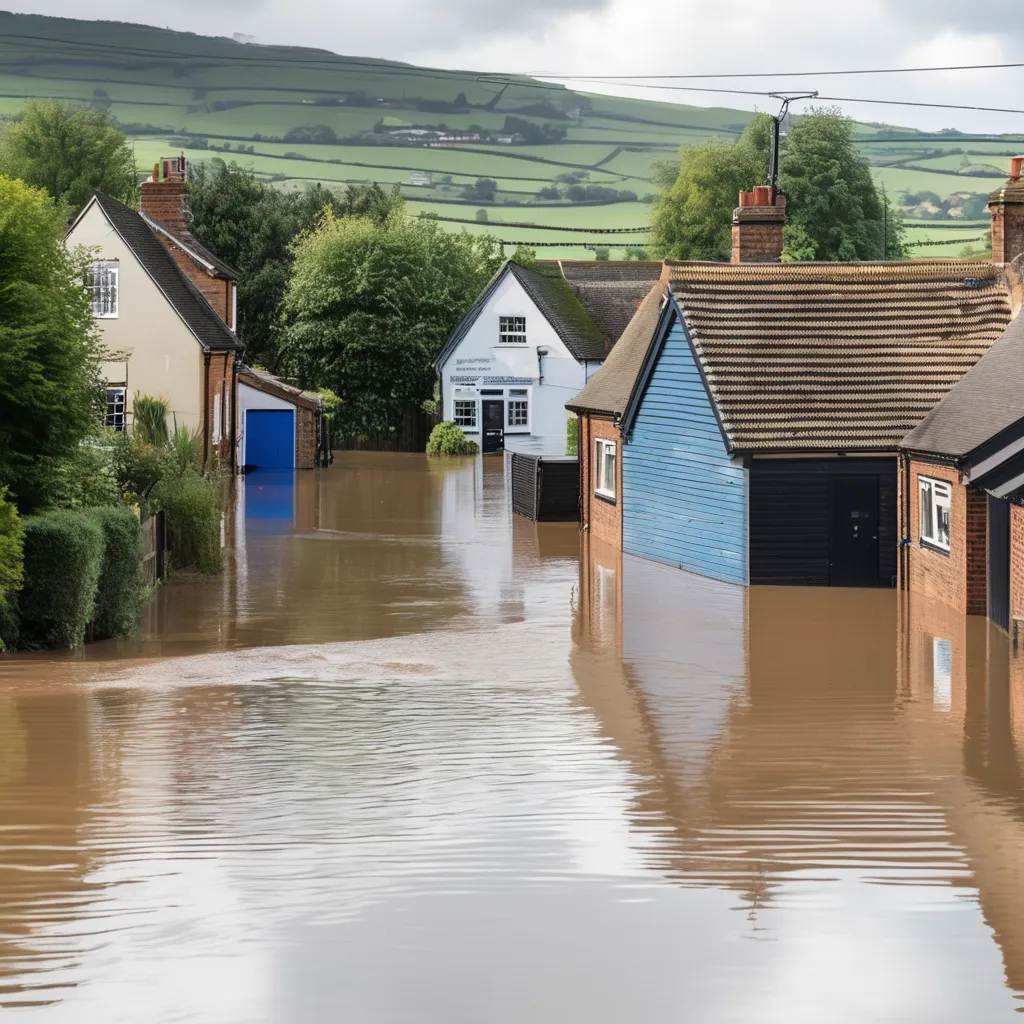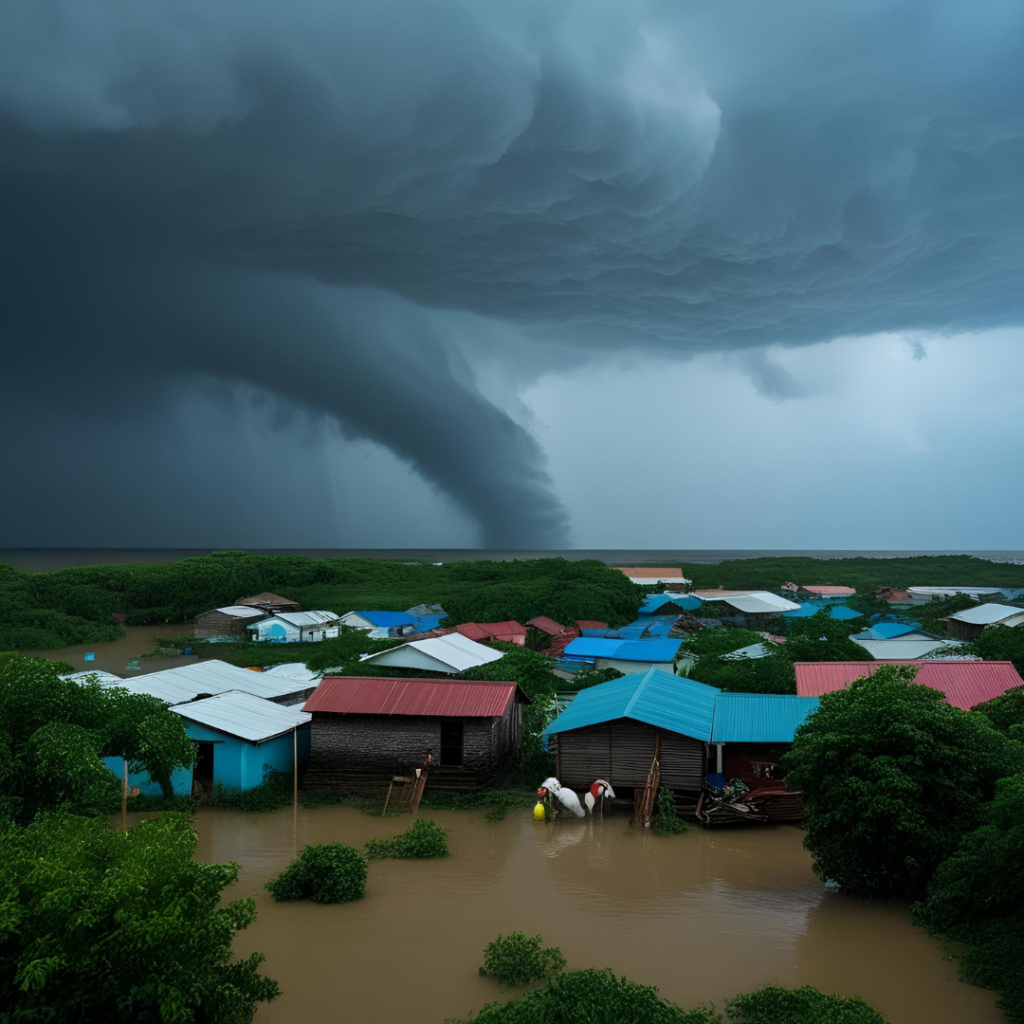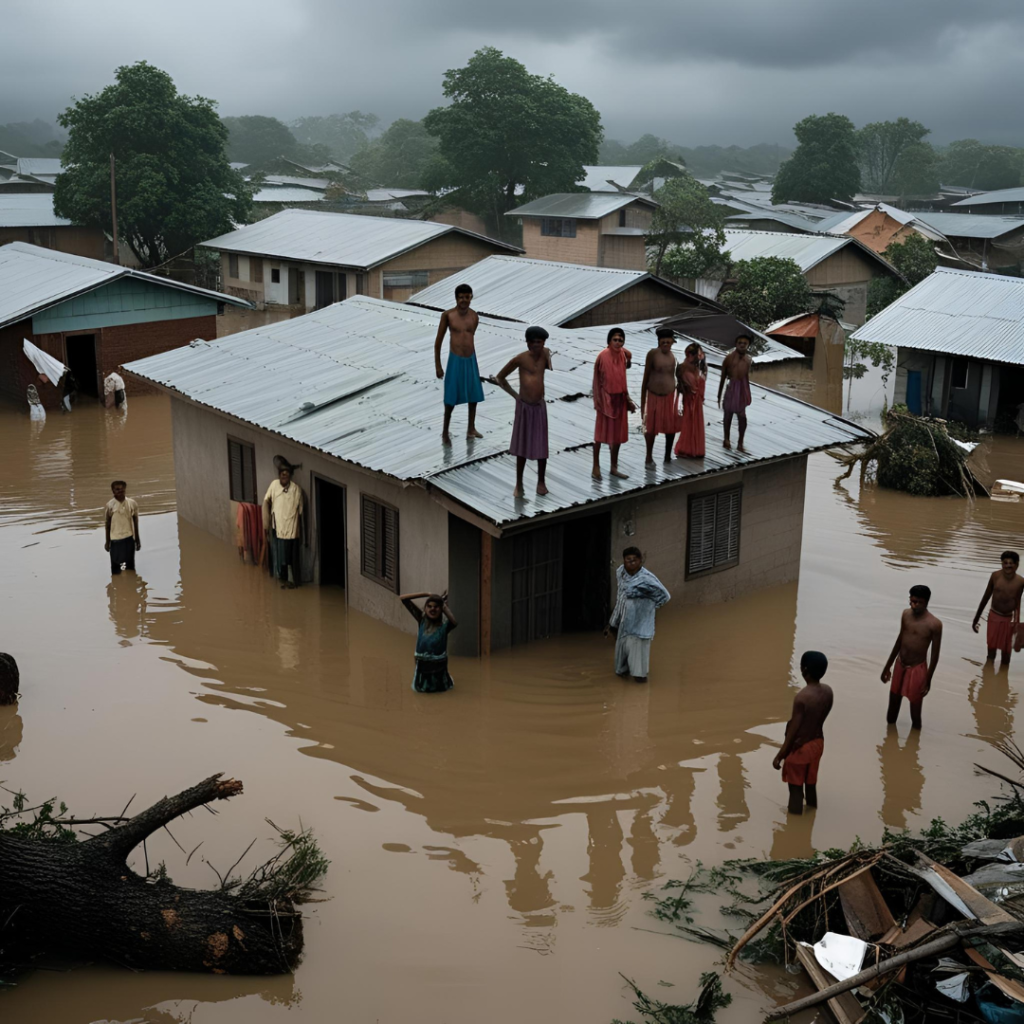Floods: A Silent Threat We Can’t Ignore

Imagine waking up to find your home submerged in water, streets turned into rivers, and everything you own at risk of being washed away. This is the terrifying reality for millions of people affected by floods each year. Floods don’t just destroy homes—they take lives, spread diseases, and leave entire communities struggling to recover.
The good news? We can prepare, prevent, and protect ourselves from this disaster. Awareness is the first step toward safety. Let’s dive into what causes floods, their devastating impacts, and how we can stay one step ahead.
What Causes Floods?

Floods can strike unexpectedly, but they don’t happen without a reason. Here’s what triggers them:
Heavy Rainfall – When the ground can’t absorb excess rain, water accumulates and floods the area.
River and Dam Overflows – Rivers and reservoirs swell beyond their limits, spilling water into nearby lands.
Storm Surges & Hurricanes – Powerful storms push seawater onto coastal areas, causing massive flooding.
Climate Change & Melting Glaciers – Rising temperatures cause ice caps to melt, raising sea levels and flooding low-lying areas.
Floods don’t discriminate they can strike cities, villages, and even deserts. But their impact depends on how prepared we are.
The Devastating Effects of Floods

Floods aren’t just about water; they bring chaos and destruction:
Loss of Lives & Displacement – Thousands of people lose their homes and lives every year.
Health Hazards – Stagnant floodwaters become breeding grounds for diseases like cholera and malaria.
Economic Disasters – Businesses shut down, farms are destroyed, and entire economies suffer.
Environmental Impact – Soil erosion, loss of crops, and destruction of wildlife habitats disrupt ecosystems
Floods can turn a thriving community into a disaster zone overnight. But by being aware and prepared, we can reduce their impact.
How to Stay Safe During, and After a Flood

During a Flood: Stay Safe
Move to Higher Ground – Avoid low-lying areas.
Do NOT Drive Through Floodwaters – Just 6 inches of moving water can sweep you away.
Turn Off Electricity & Gas – Reduce the risk of fires and electric shocks.
After a Flood: Recover Safely
Avoid Contaminated Water – Floodwater carries diseases and toxins.
Check for Structural Damage – Ensure your home is safe before re-entering.
Seek Help If Needed – Contact authorities for assistance and medical support.
Conclusion: Act Now, Stay Safe!
Floods are unpredictable, but our response to them doesn’t have to be. Awareness and preparedness can save lives. Governments, communities, and individuals must work together to mitigate risks, improve early warning systems, and adopt sustainable practices to prevent flooding disasters. Be flood-ready. Be flood-safe.
Flood & Disaster Relief:
Texas Division of Emergency Management (TDEM): (512) 424-2208
FEMA (Federal Emergency Management Agency): 1-800-621-FEMA (1- 800-621-3362)
American Red Cross (Texas Gulf Coast Region): 1-800-733-2767
Texas Floodplain Management Association (TFMA): (512) 260-1366





